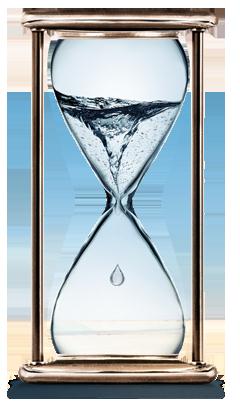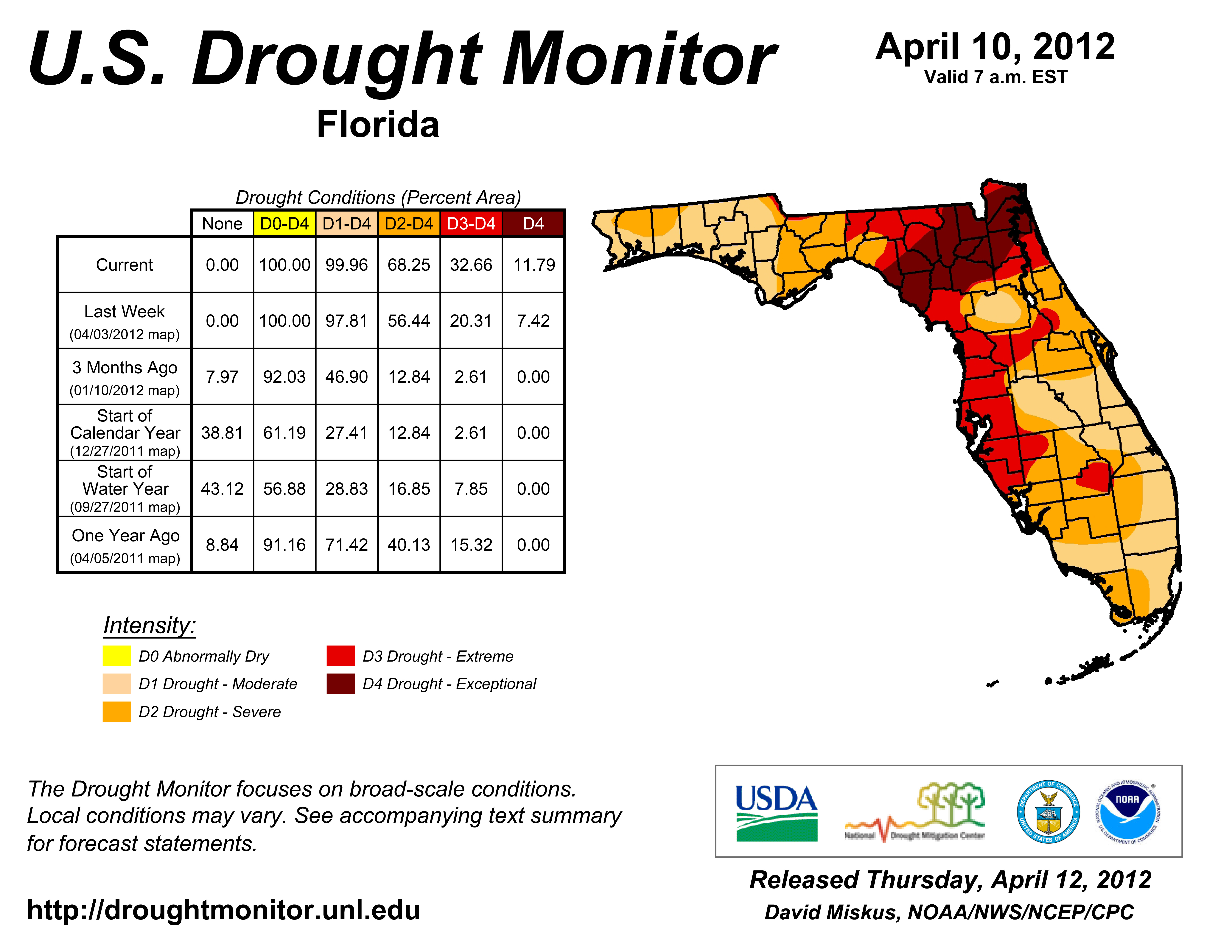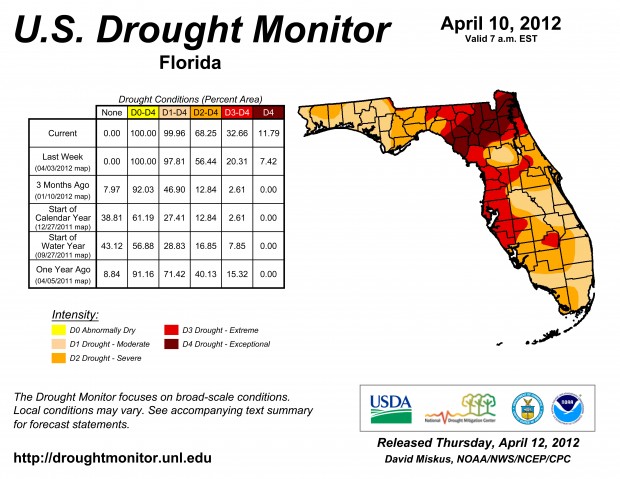Although the day began with the threat of rain that never materialized, more than 1400 people showed up at Silver River State Park today to join former Fla. Gov. and U.S. Sen. Bob Graham and other leaders of the Florida Conservation Coalition in a call to action to protect Florida’s water resources.
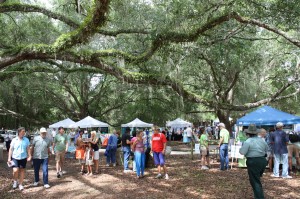
Eleanor K. Sommer
Participants at the Florida Conservation Coalition Forum, Silver River State Park near Ocala in Florida.
The day included talks, educational sessions, hikes to the river, and music by Whitey Markle and the Swamprooters. Participants also had the opportunity to learn about Florida’s springs and the Floridan aquifer from a contingent of nonprofit organizations that lined the edges of the big tent where speakers presented short talks, shared memories, and urged citizens to contact elected officials regarding Florida’s dwindling water supplies.
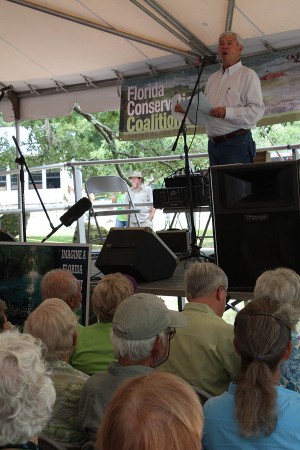
Eleanor K. Sommer
Former Fla. Gov. Bob Graham delivers the message about Florida's dwindling water resources.
Speaker Charles Lee of the Florida Audubon Society asked the audience to identify the most wasteful use of water in the state. He then pulled out a square of turf grass to emphasize his point: unnecessary landscape irrigation.
Lee also talked about the decline of flow rates in Florida’s waterways using Silver River as an example. Since 2000, Lee told the audience, the flow rate of the Silver Springs, which feeds the Silver River, flow has dropped from 800 cubic feet per second to 250 cubic feet per second.
If that rate continues he said, the springs could disappear within two to 12 years depending on whether you use aggressive or conservative measurements based on historical flow rates.
Lee also suggested that something is wrong with the rainfall calculations in the state. He said, for instance, that the Withlacoochee River has gone dry four times in the last 80 years: in 2001, 2005, 2009, and 2012, indicating rainfall has significantly changed in the last decade.
“Unfortunately, the water management districts are still plugging into their computer models that Florida is getting 60 inches of rainfall a year. Guess what? We’re not getting 60 inches a year,” he said.
The districts must calculate rainfall measurements and manage water accordingly, which Lee said will necessitate rolling back some existing consumptive use permits that are in existence now and failing to grant futures ones.
Lee admitted such action is a “tough call.” But he said “the reality is that the future of Florida’s economic growth is dependent on water resources.”
